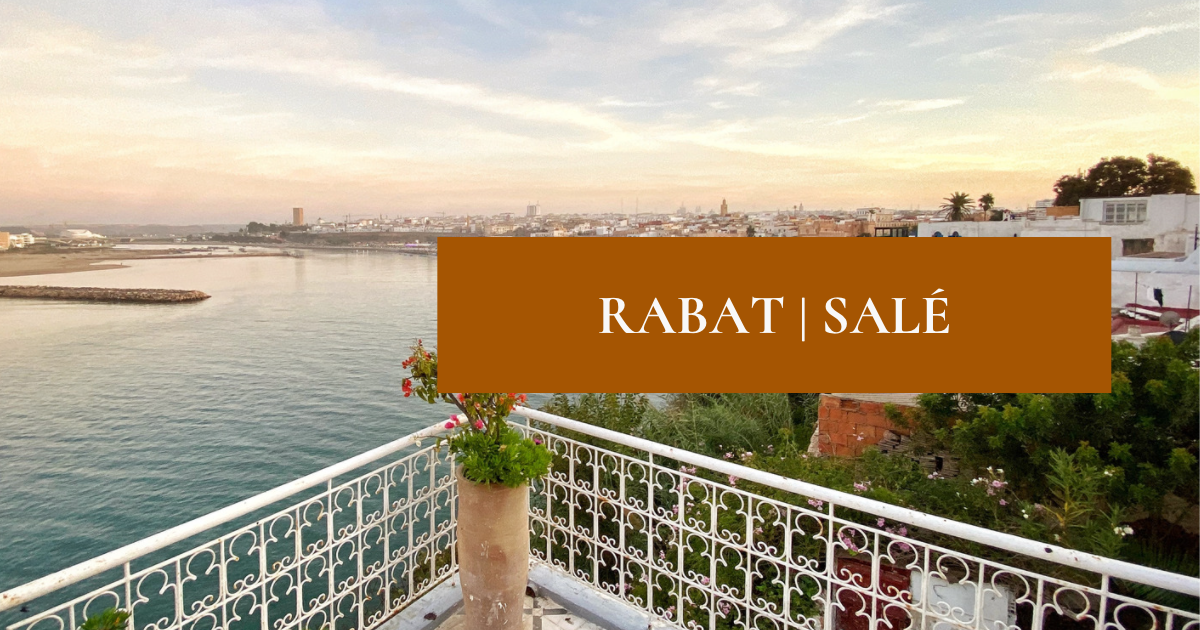Festivals in Morocco
Updated September 1, 2022
When visiting a new place, it is always a good idea to see if there are any special events or celebrations going on. Morocco is a country with numerous festivals and cultural events, some of which are traditional and some of which are more modern, and both Moroccans and tourists alike can enjoy the festivities.
Almond Blossom Festival (February) - Ameln Valley near Tafraoute
Commemorates the beginning of the spring blossom season and includes musical, dance and theatrical performances.
Marathon des Sables (March/April) - Ouarzazate
A seven-day footrace through the desert that dates back to 1986.
Rose Festival (May) - El Kelaa des M’Gouna near Ouarzazate
Celebrates the harvest of roses during a three-day festival, complete with music, dancing, and food.
Festival of World Sacred Music (May/June/July) - Fes
A nine-day festival which draws international visitors to the spiritual capital of Morocco for sacred music from various faith traditions.
Mawazine Festival (May/June) - Rabat
The largest music festival in the world, this international festival is organized every year in May and June in Rabat and Sale, with famous artists coming from all over the world. This festival holds the record for largest music festival in the world with its attendence of 2.75 million people in 2019.
Cherry Festival (June) - Sefrou
A three-day festival that includes music and dancing, and culminates in the crowning of the Cherry Queen.
National Folklore Festival (June) - Marrakesh
A festival that celebrates Berber music and dance.
Gnaoua and World Music Festival - Essaouira
A celebration of world music, this festival may be Morocco’s most popular, drawing upward of 500,000 people each year.
Festival International de Rabat (June/July) - Rabat
A music and film festival drawing people from all over Africa.
International Cultural Festival (July/August) - Asilah
A family-friendly arts festival that celebrates both contemporary art and traditional Moroccan art.
National Festival of Ahidous (July/August) - Ain Lueh near Ifrane
Many Berber musical groups compete to win the prize of the best group performing the famous Berber dance called “Ahidous.”
Marriage Festival (September) - Imilchil
A three-day festival during which young Berber women choose prospective husbands and sign papers of engagement.
International Film Festival (varies) - Marrakesh
An elite event that last one week and showcases Arab and African films, and draws international artists, directors, and actors.
Isli and Tislit - The Martyrs of Love (The Story of the Moroccan Marriage Festival)
Moroccans, like other peoples around the world, tend to explain events and phenomena according to mythologies and legends. Festivals and marriage traditions are among these cultural aspects that could be derived from legends. This idea is illustrated in the following legend.
Once upon a time, in the village of Imilchil, in the High Atlas Mountains of Morocco, two neighboring tribes were not on good terms. A boy from one of these tribes, the Aït Brahim, and a girl from another tribe, Aït Ya’za, fell in love with each other. Obviously, the two tribes forbid the two lovers from pursuing their dream of getting married because of their animosity toward each other. So, the boy and the girl decided to flee their tribes and relatives so that they could protect their love. They stopped at a place called Islan and wept because of the fate that forced them to leave their families and homeland in order to love each other, despite the will of their tribes.
Since their grief was so poignant, they shed endless tears until two lakes were formed. Unfortunately, the two lovers died because of their sorrow. It was a disaster for the two tribes to lose these young lovers in such a tragic manner, and they decided to atone for their sin by commemorating the miserable boy and girl, naming the two lakes that they had been formed after them: “Isli” which means the groom, and “Tislit,” which means “the bride” in Amazigh. Now, a famous festival of engagement still takes place in Imilchil every September as a dedication to Isli and Tislit, the martyrs of love.
Which festival would you most like to experience?
Are you visiting Morocco soon? Start your travels with us to learn some Moroccan Arabic phrases and cultural dos and don’t and to have the best trip available to you.

































Morocco is a very unique country for several reasons. The first is its strategic location in the northwest of the continent of Africa, just 14 kilometers south of Europe. This beautiful country is bordered by the Mediterranean Sea in the North, the Atlantic Ocean in the West, Algeria to the East, and Mauritania to the South. For this reason, Morocco is a crossroads where cultures, civilizations, and ethnicities meet.